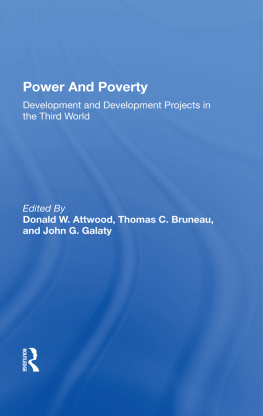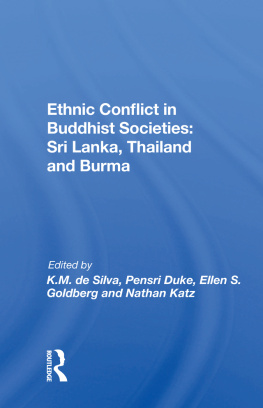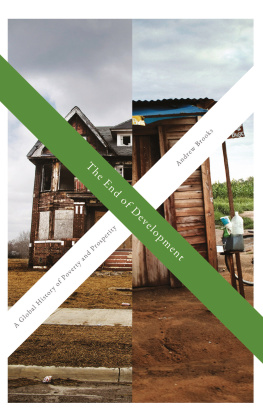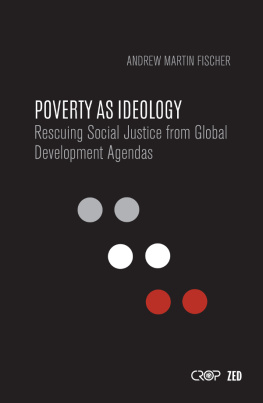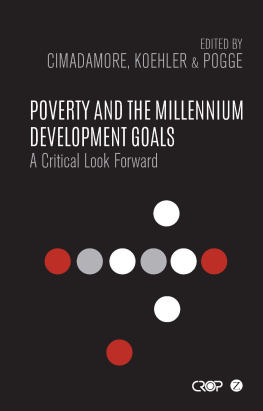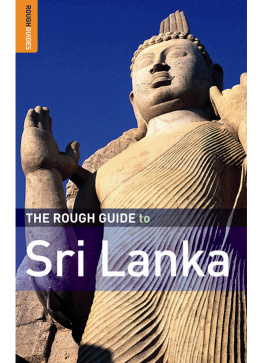2009 Asian Development Bank
All rights reserved. Published 2009.
Printed in the Philippines.
ISBN 978-92-9092-202-5
Publication Stock No. RPT102857
Cataloging-In-Publication Data
Asian Development Bank.
Poverty and human development in Sri Lanka.
Mandaluyong City, Philippines: Asian Development Bank, 2009.
1. Poverty2. Human development3. Sri Lanka
I. Asian Development Bank.
The views expressed in this publication are those of the authors and do not necessarily reflect the views and policies of the Asian Development Bank (ADB), its Board of Governors, or the governments they represent.
This report was finalized in 2008, before the end of Sri Lankas conflict in May 2009. The final section dealing with Human Development in Conflict-Affected Areas needs to be read against this background.
ADB does not guarantee the accuracy of the data included in this publication and accepts no responsibility for any consequence of their use.
By making any designation of or reference to a particular territory or geographic area, or by using the term country in this document, ADB does not intend to make any judgments as to the legal or other status of any territory or area.
ADB encourages printing or copying information exclusively for personal and noncommercial use with proper acknowledgment of ADB. Users are restricted from reselling, redistributing, or creating derivative works for commercial purposes without the express, written consent of ADB.
Asian Development Bank
6 ADB Avenue
Mandaluyong City
1550 Metro Manila
Philippines
Tel +63 2 632 4444
Fax +63 2 636 2444
www.adb.org
For orders, please contact:
Department of External Relations
Fax +63 2 636 2648
Executive Summary
This report aims to summarize the current state of poverty in Sri Lanka by tracing its causes and recommending policies. Special attention is paid to human development issues in the conflict-affected areas. The ongoing conflict in the north and east remains both the principal cause for poverty and the most binding constraint to human development in Sri Lanka.
Poverty Profile and Millennium Development Goals in Sri Lanka
Sri Lanka is an early achiever in the Millennium Development Goals (MDGs) of universal primary school enrolment, gender parity in school enrolment, under-five mortality, universal provision of reproductive health services, tuberculosis prevalence and death rates, and sanitation. Sri Lanka is on track to halve extreme poverty between 1990 and 2015. Nevertheless, 15% of all Sri Lankans remained poor in 2006 and differences by region and sector are large.
Poverty was significantly reduced in the urban and rural sectors between 1990 and 2006. However, poverty in the estates increased by over 50%. In the estates, there is widespread child malnutrition and maternal mortality rates are exceptionally high. Western Province has performed much better than other regions. It accounts for half of national gross domestic product (GDP) while other provinces contribute 10% or less each.
Poverty reduction in recent years was entirely due to income growth as income inequality rose in all three sectors. The rise in inequality was driven by uneven access to infrastructure and education, and by occupational differences. Demographic factors such as gender composition of household labor and ethnicity contributed little to total inequality.
Sri Lanka did not achieve the kind of structural transformation that could have provided greater employment opportunities for the poor in the nonfarm sector. Since 1985, the share of manufacturing in total GDP has hardly changed. Low rates of job creation in the formal sector, plus high wages there because of collective bargaining, and periodic statutory directives lead to the rationing of formal jobs on the basis of class and connections, which the majority of the poor lack. This problem is compounded by the lack of labor mobility as labor markets are highly segmented with spatial, skills-related, and institutional barriers to the movement of labor within and between regions. Many are pushed into informal employment by greater distance from commercial centers; lack of access to roads, electricity, schooling, and health facilities; and by poverty which limits their investment opportunities.


